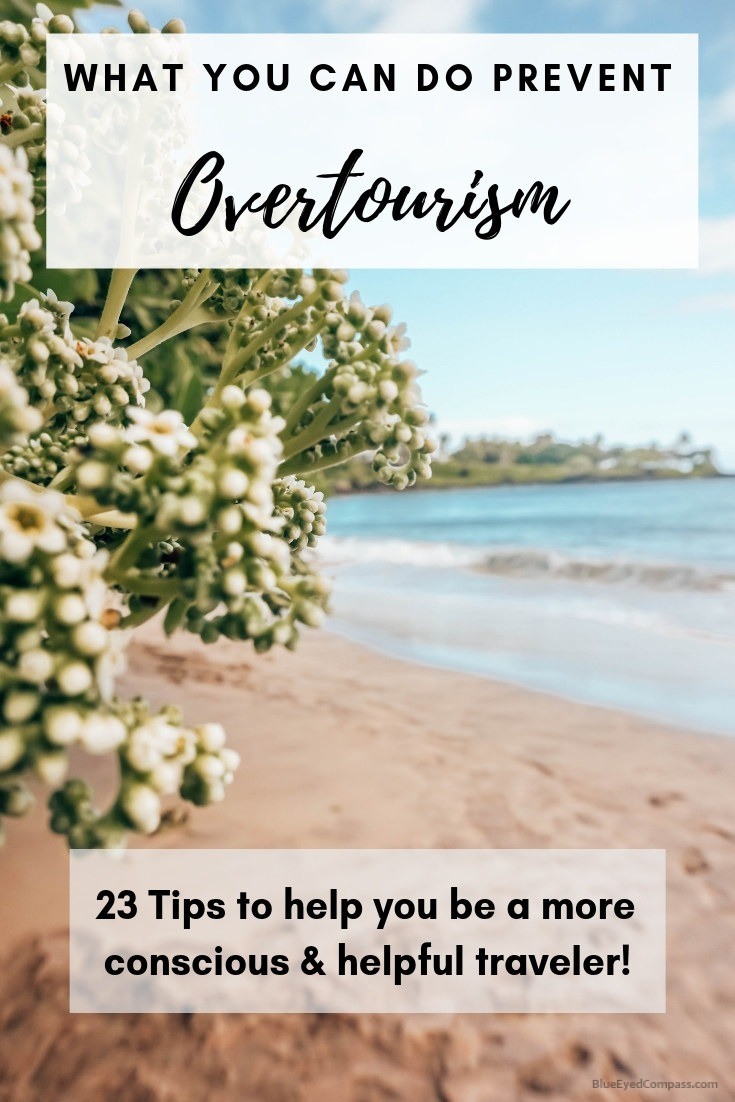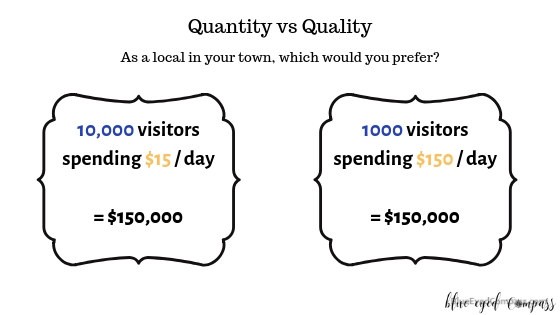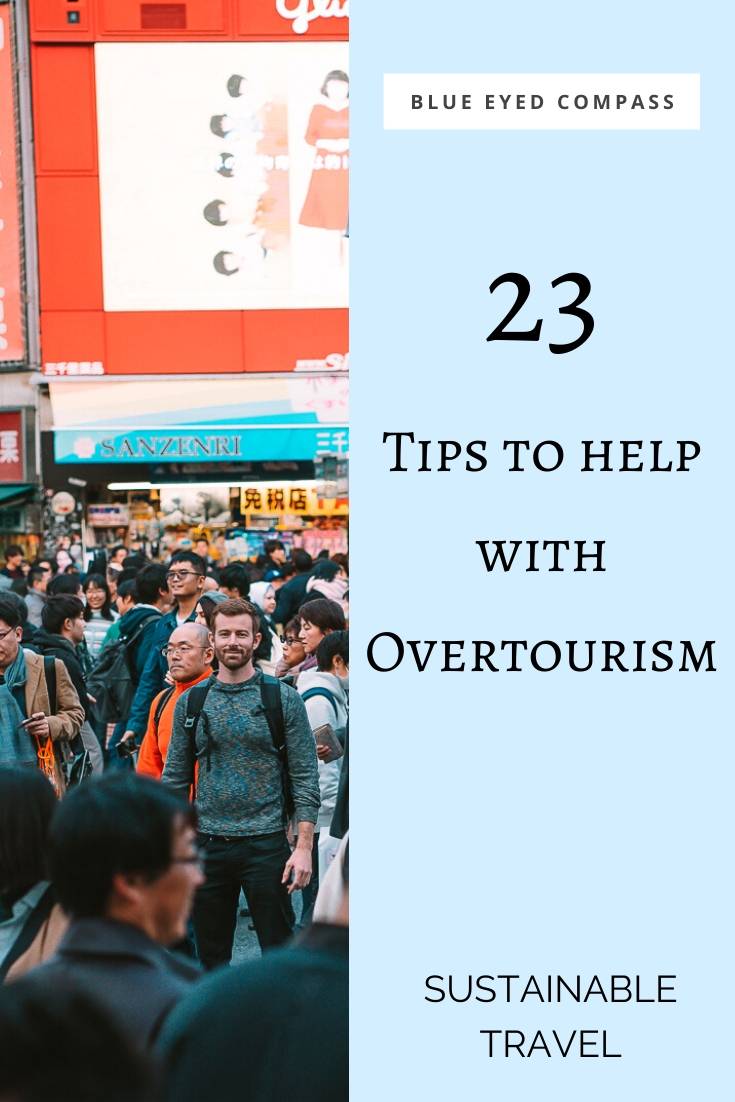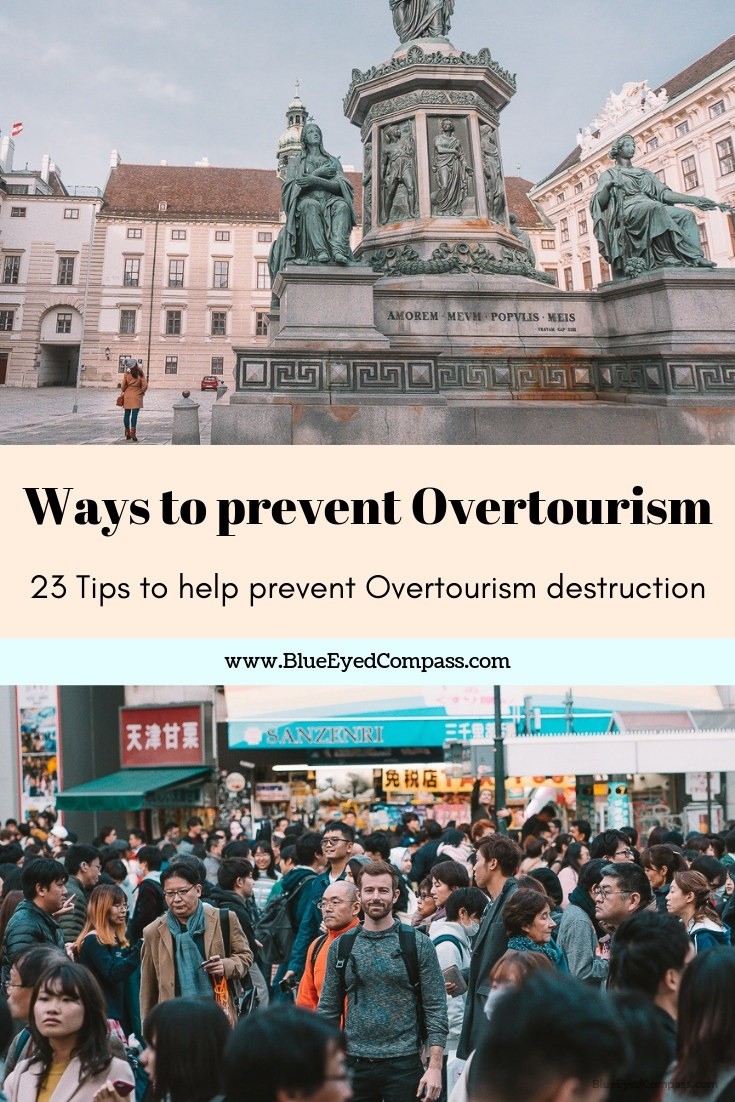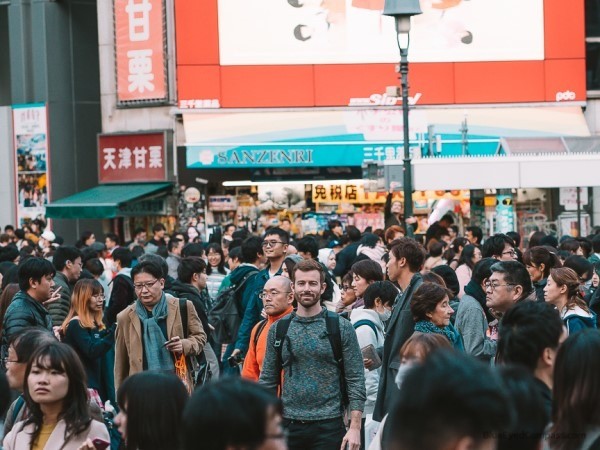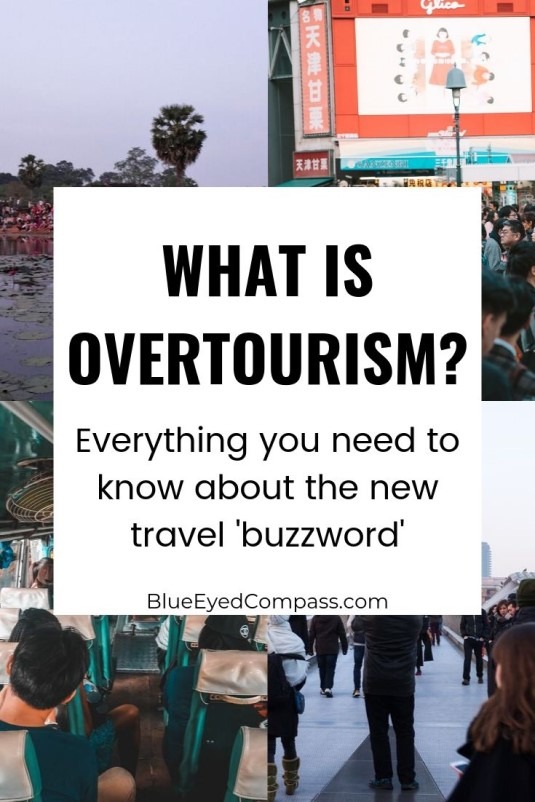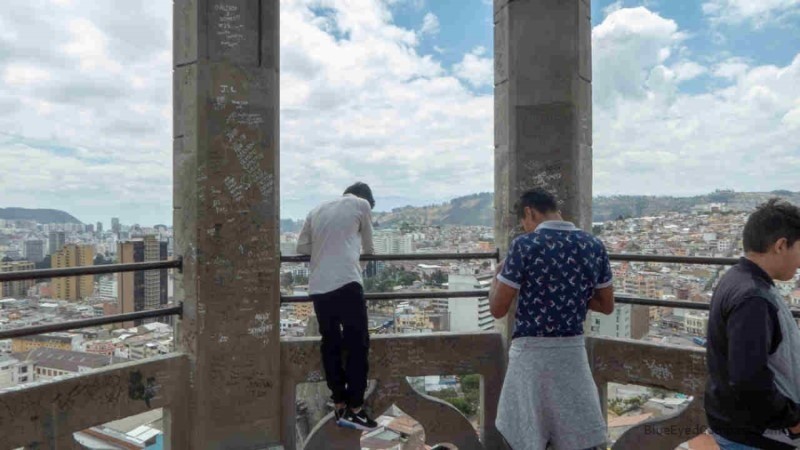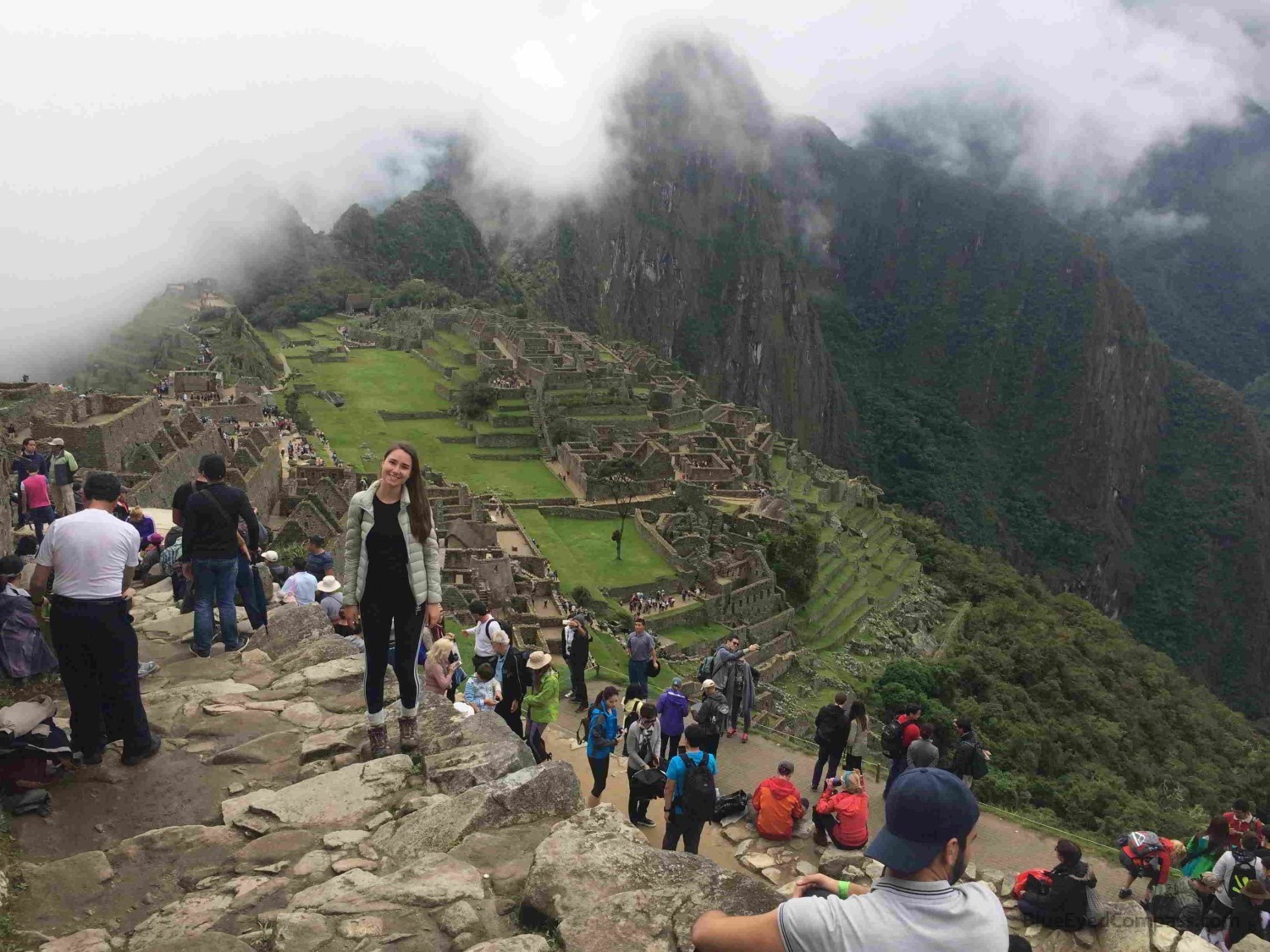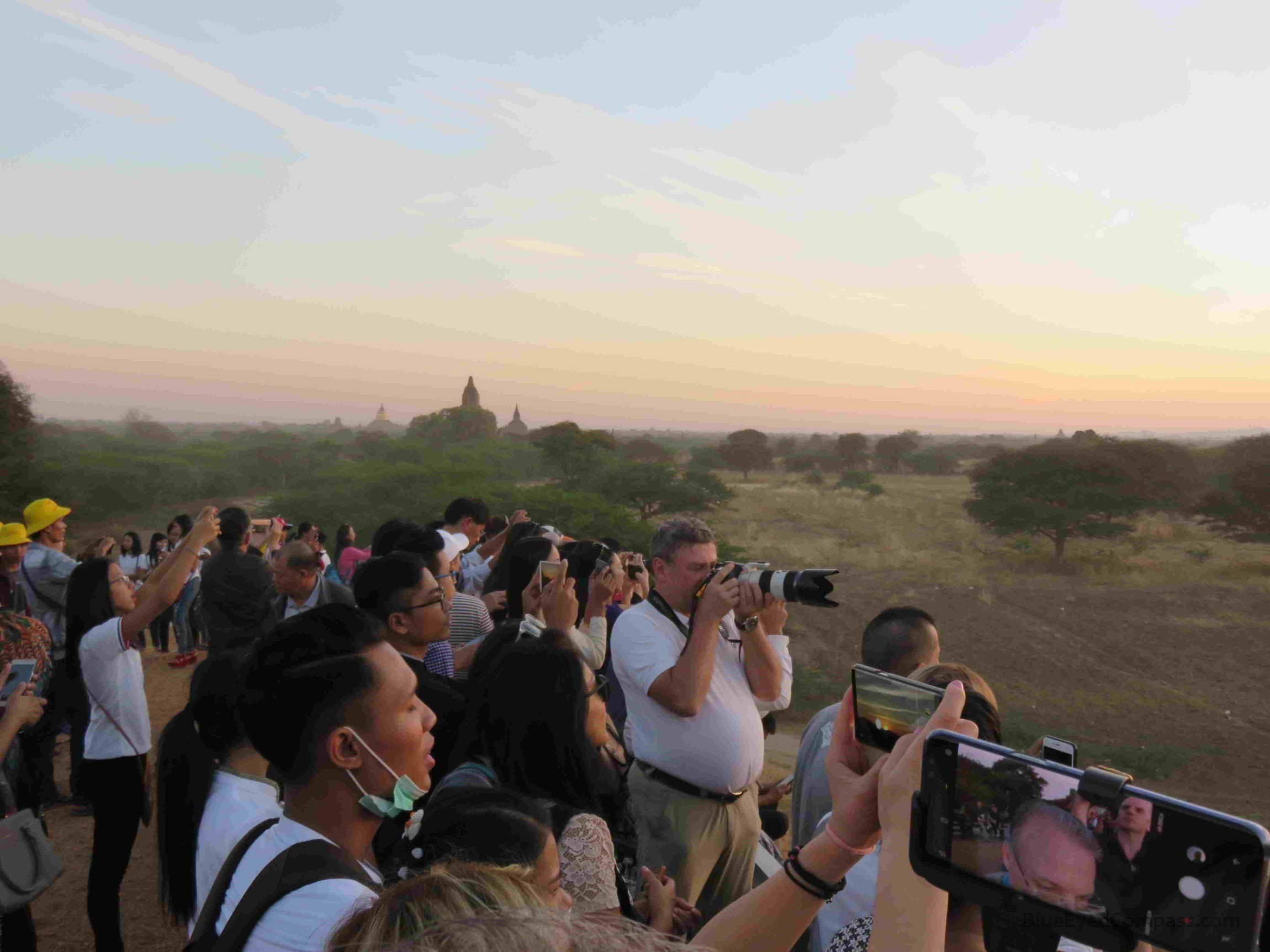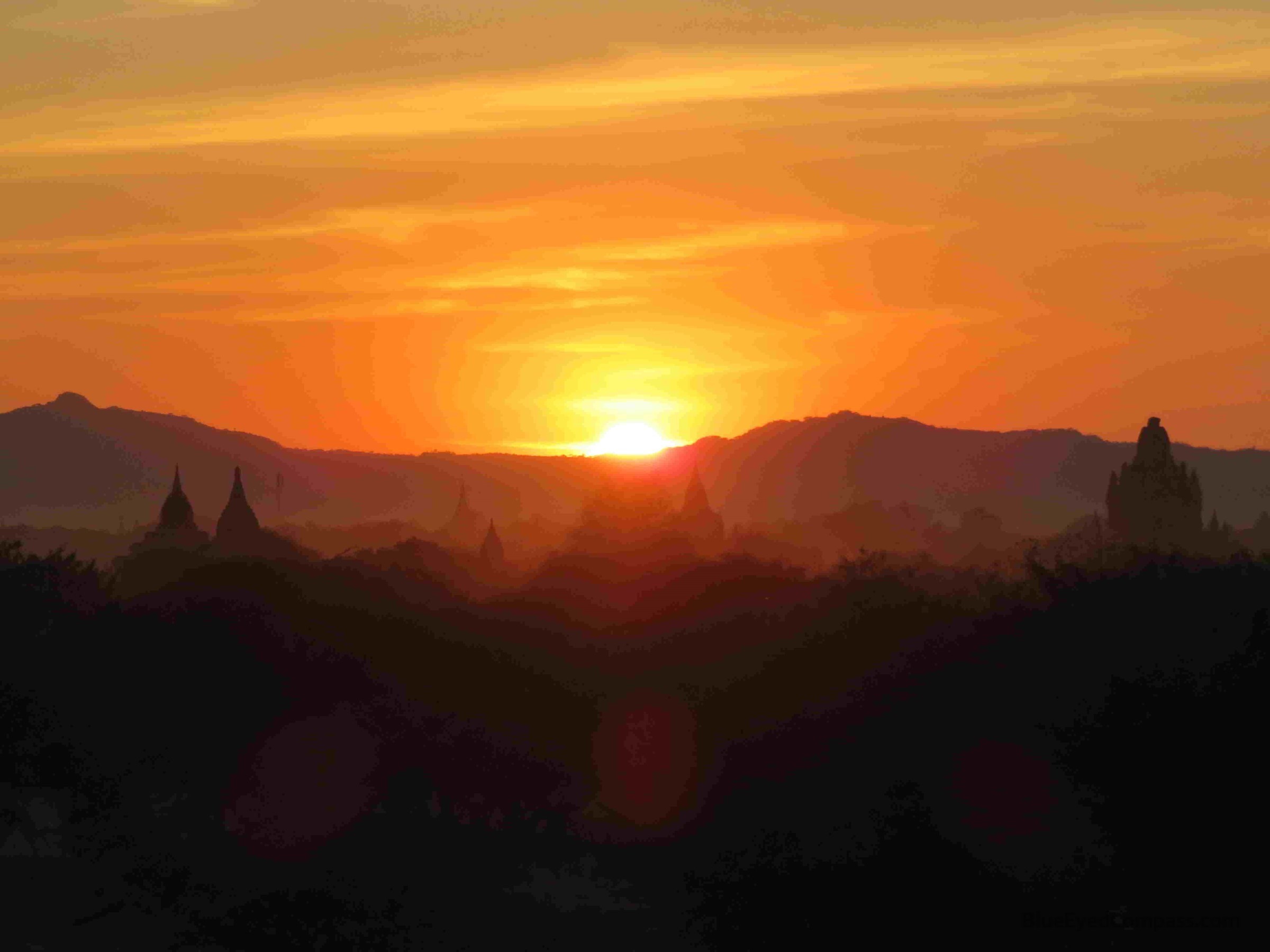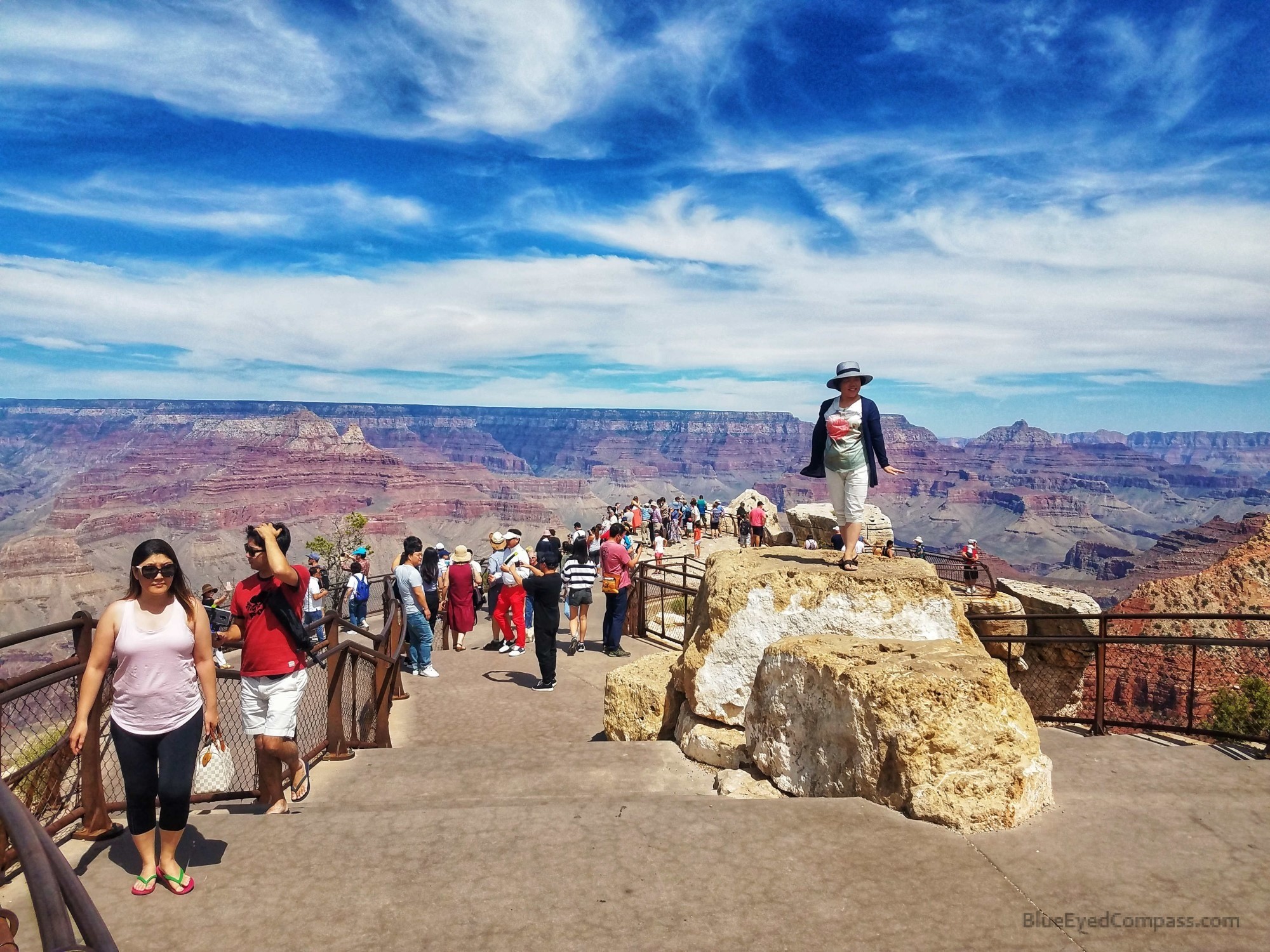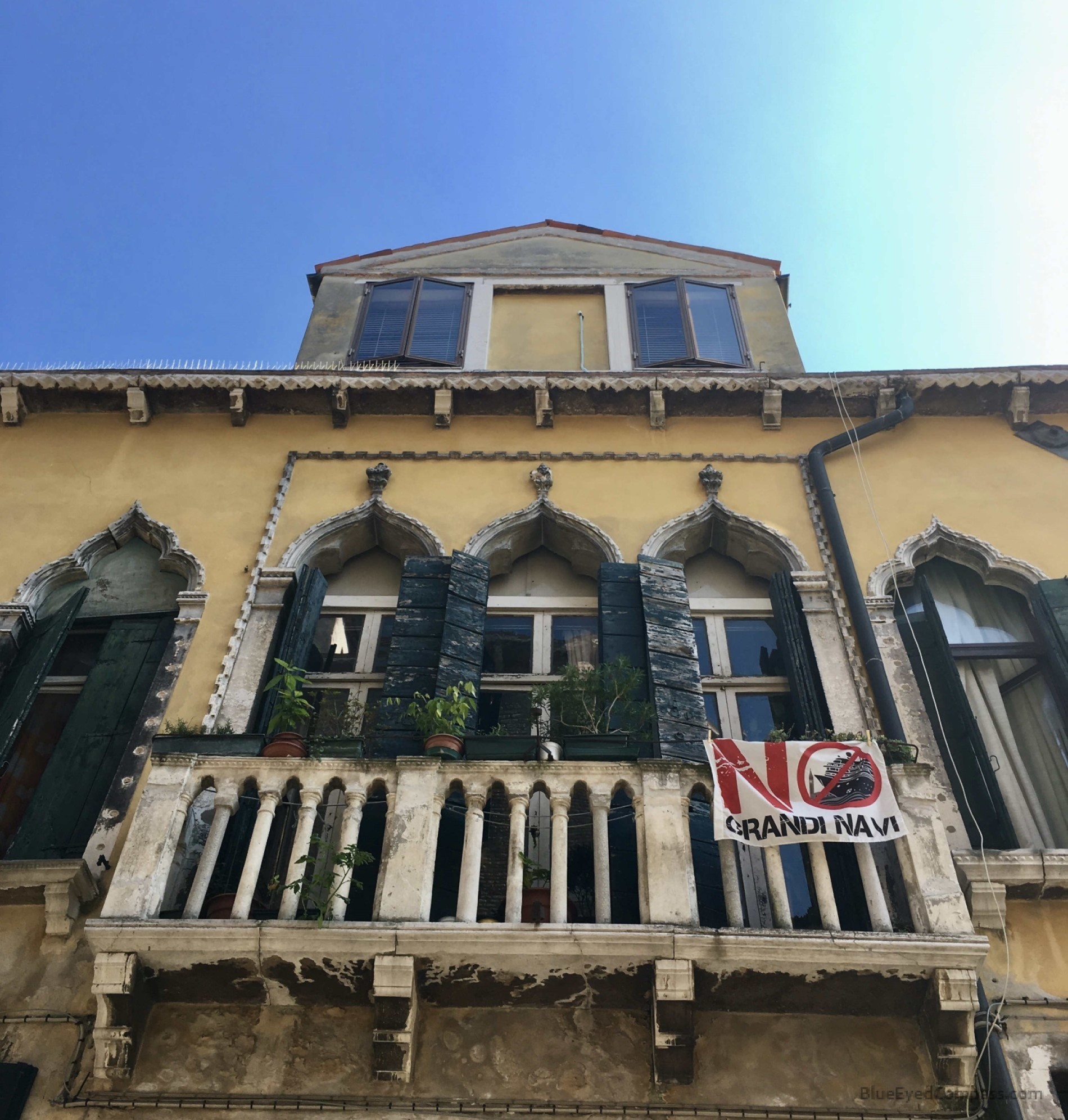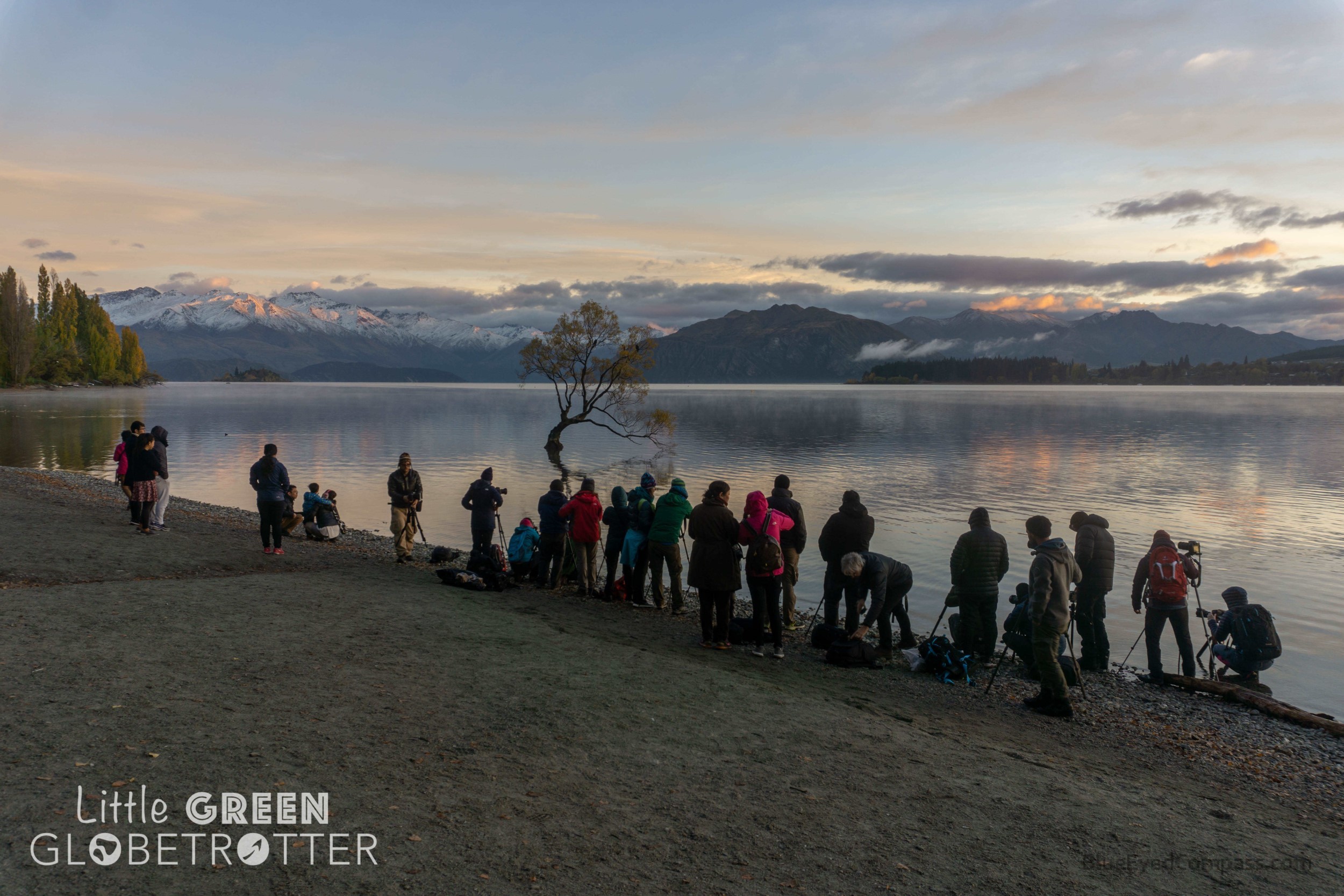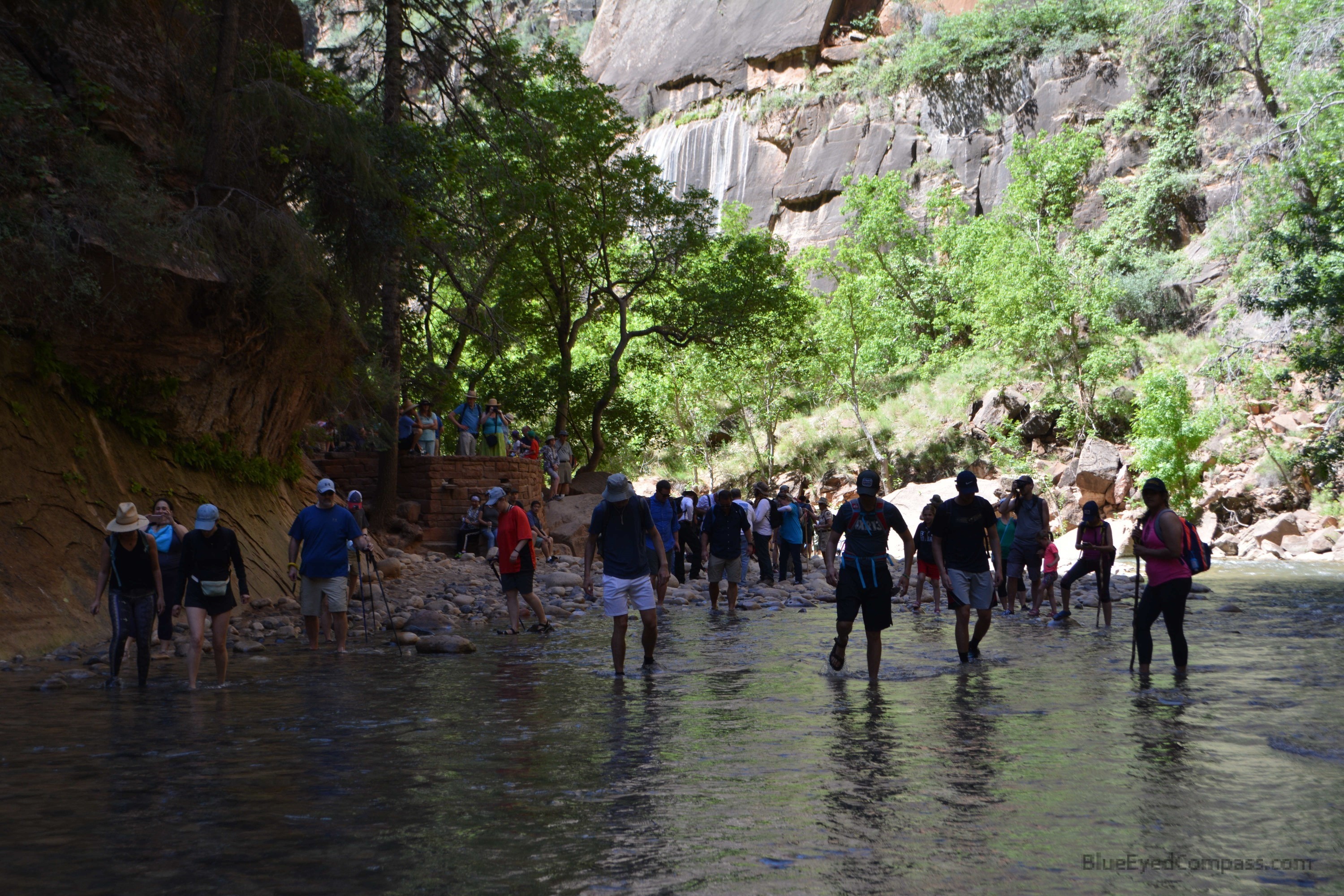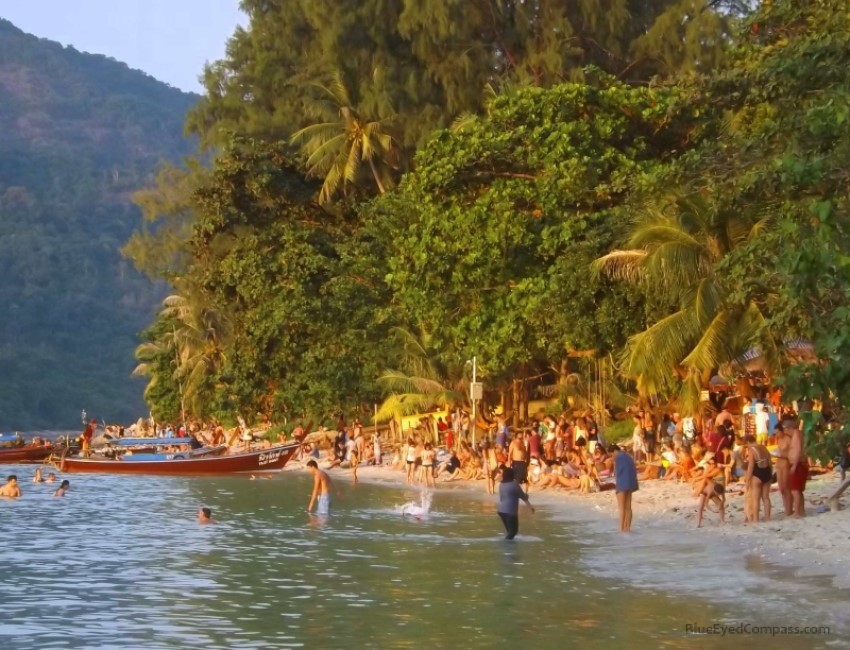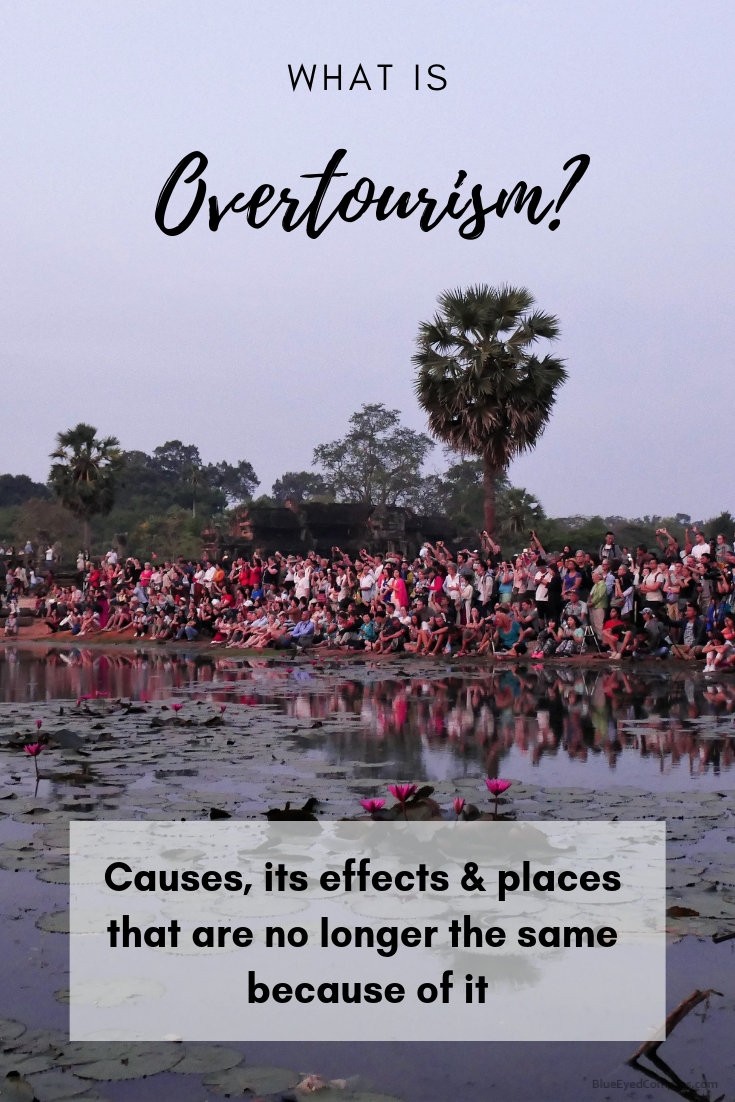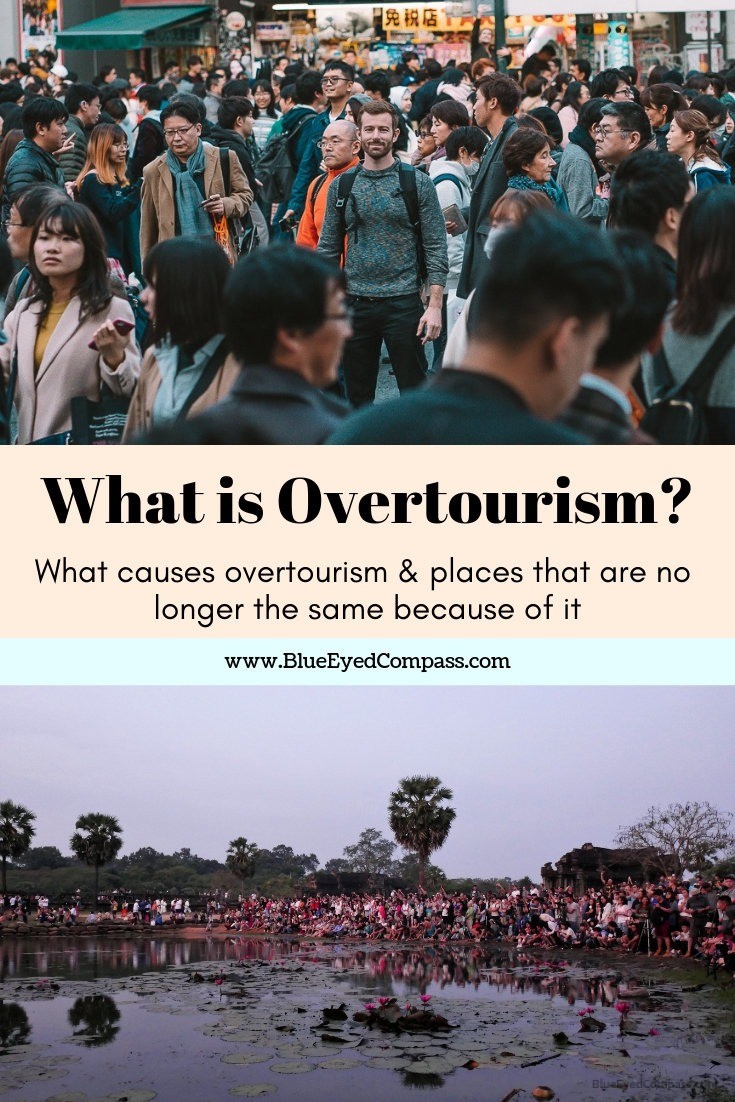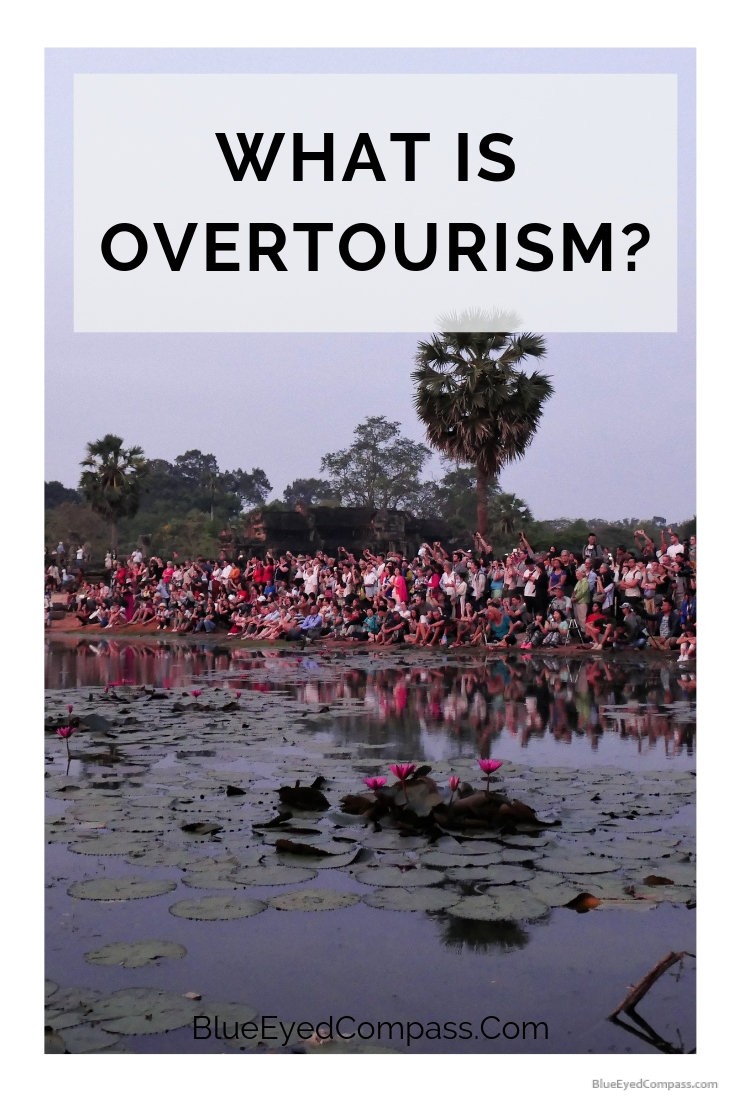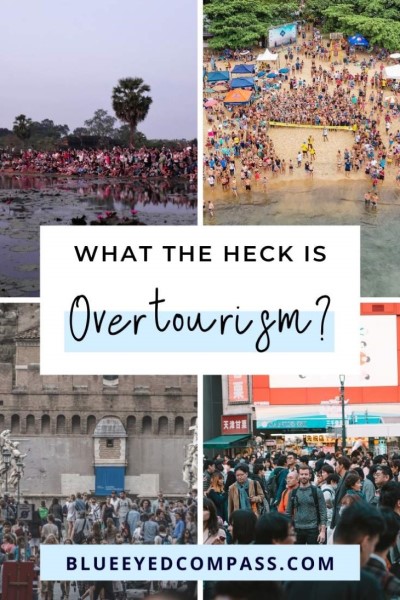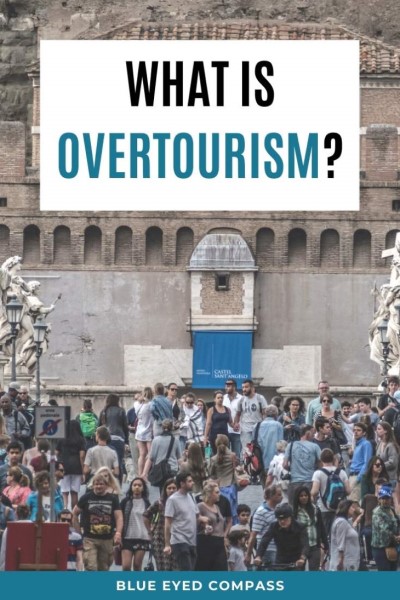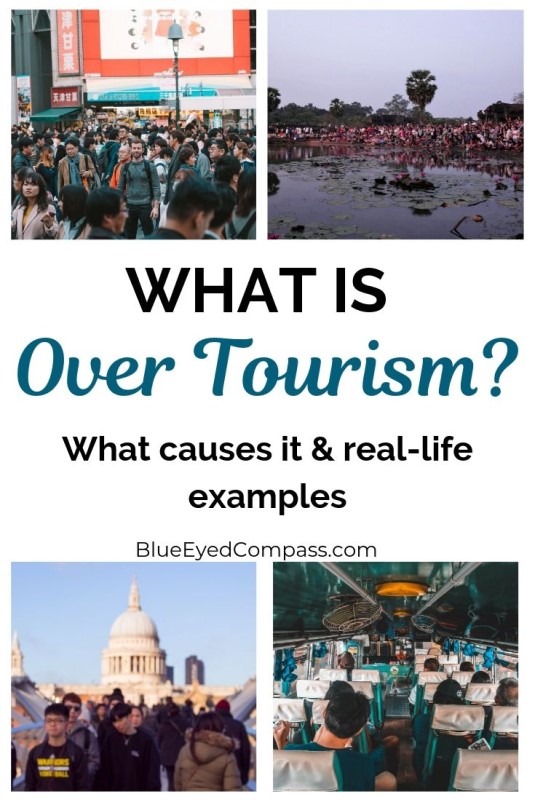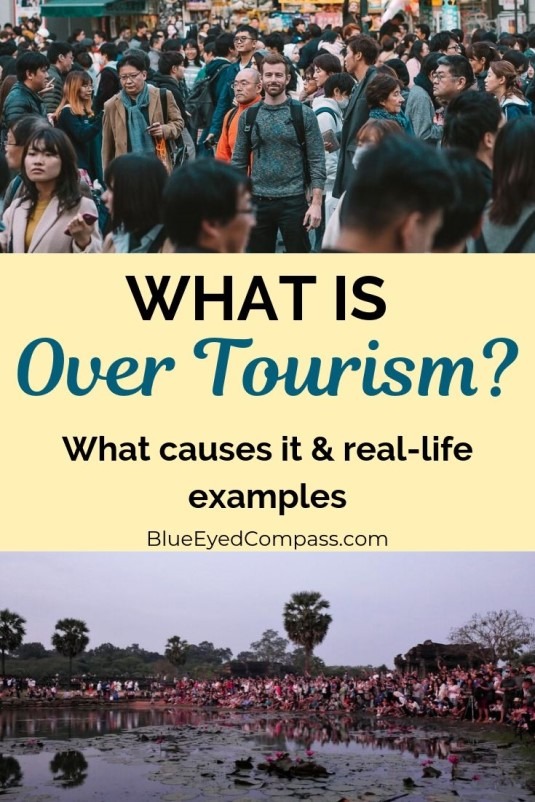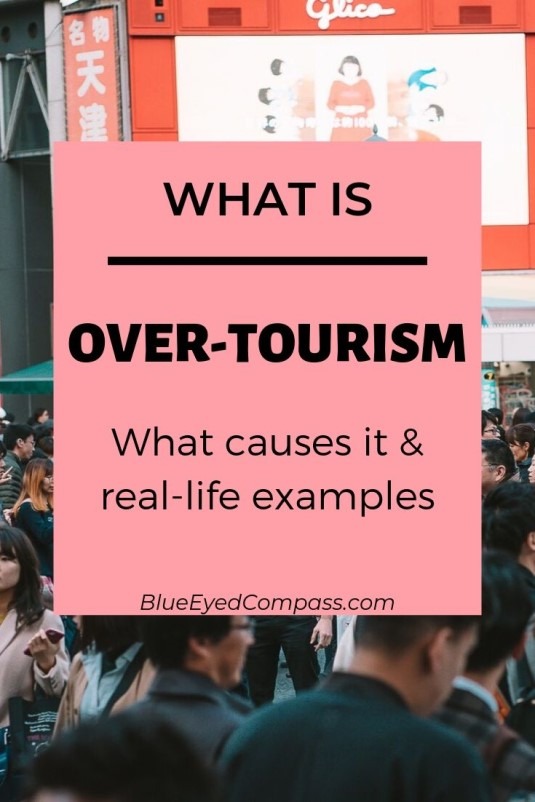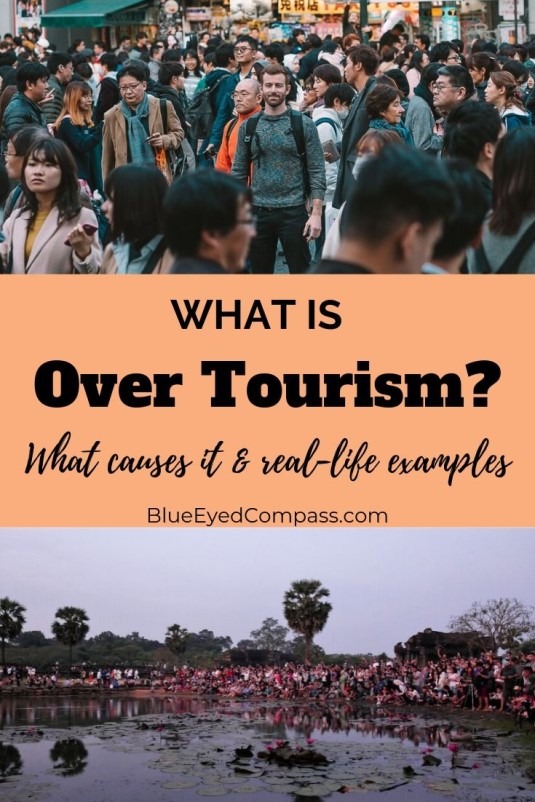
Fish Consumption in Japan

Fish Consumption in Japan
Last Updated November 12th, 2019
A discussion on the fish consumption rates in Japan. How much is too much & can our oceans recover?

“I wonder how much seafood Japan consumes?” A question I continually asked myself while visiting Tokyo, Japan in November 2018 (this was also my first visit to Asia).
Can the blame of certain fish species population depletions be placed solely on Japan?
Do the Japanese over consume seafood?
It’s said that one out of every ten fish is consumed in Japan. This rings true as the worldwide view of the Japanese diet is based around its affinity to create incredibly delicious sushi.
So with an amazingly popular dish and a unique culture that millions of visitors want to experience each year, why should we care if there may be an overconsumption of seafood in Japan?
It’s important to consider that
- Seafood is a top provider of protein for diets around the globe. As more and more people turn away from the heart health problems of red meats, seafood is seen as a healthy conscious choice.
- The fishing industry provides jobs for millions of people around the world, as in over 200 million jobs. This means that almost 3% of the entire world’s population is affected by the fishing industry.
For decades fishing seemed like an endless opportunity in our oceans, yet overconsumption and unregulated fishing practices have pushed many species to the brink of extinction.
Most notably affected is the torpedo shaped bluefin tuna, which Japan is the largest consumer of. This specis of tuna is a highly sought after endangered species. Oddly enough, we shake our fingers at poachers of endangered rhino species and sign petitions to end dog meat trades, yet are comfortable ordering a plate of sushi that offers an endangered fish.
Please keep in mind, the first two examples are terrible, this statement is merely aiming at opening your perspective in a new way and in no way trying to place negative opinions on those who consumer fish or undervalue the atrocity of other species killings and abuse.




So, how much is too much fish consumption for Japan?
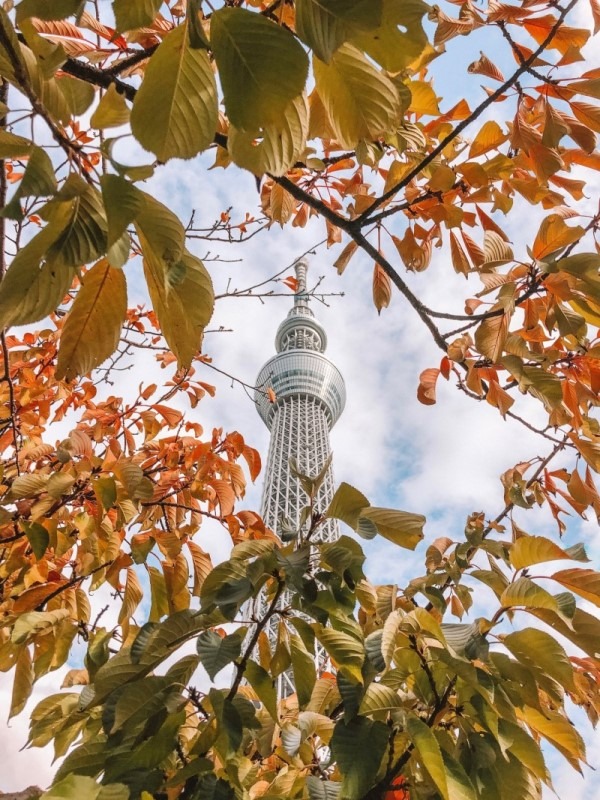



The MSC Blue Label
Image credit: http://global-impacts-report-2016.msc.org/
Pin me for Later!
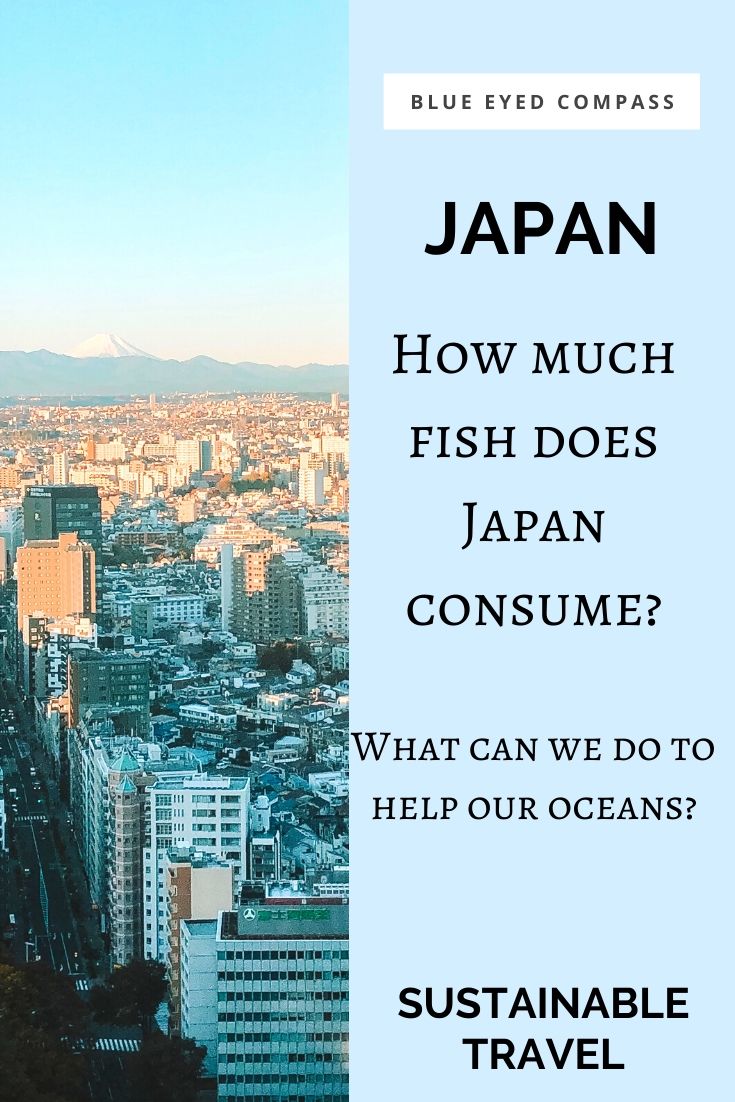




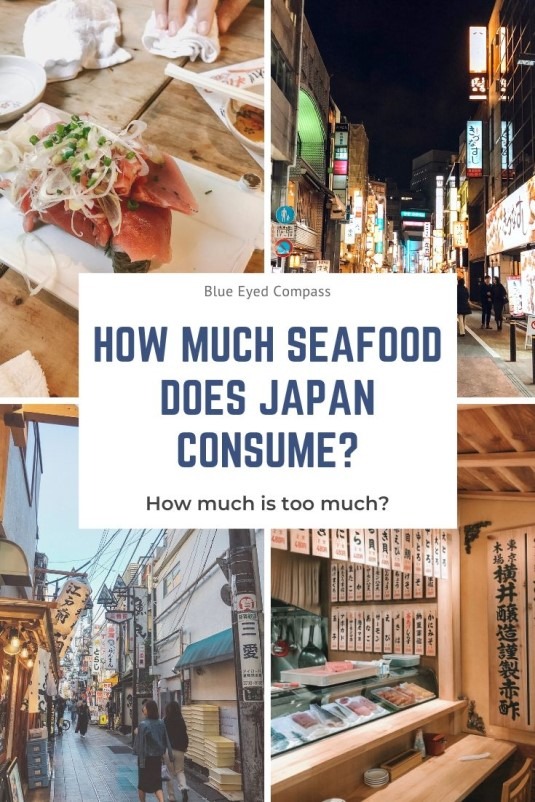

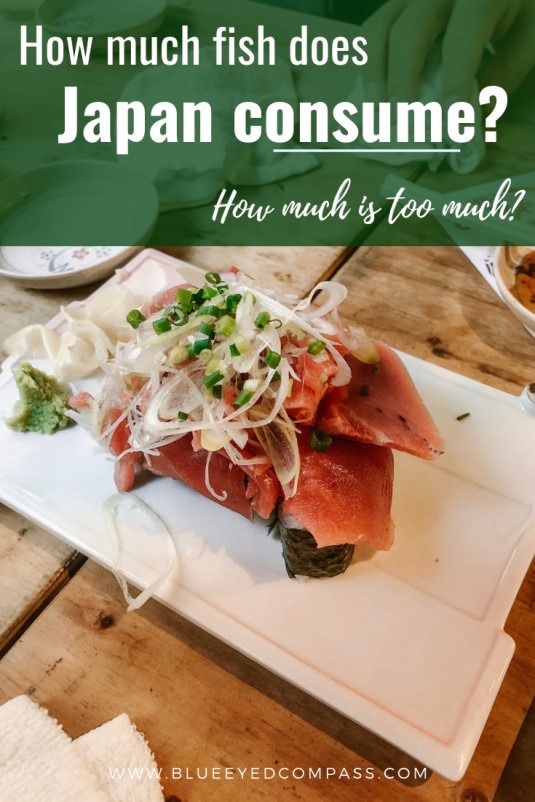

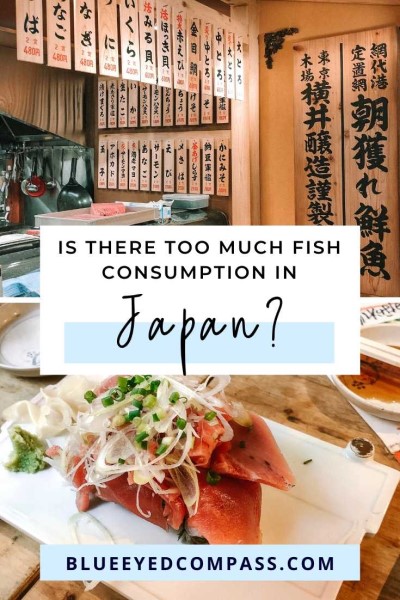

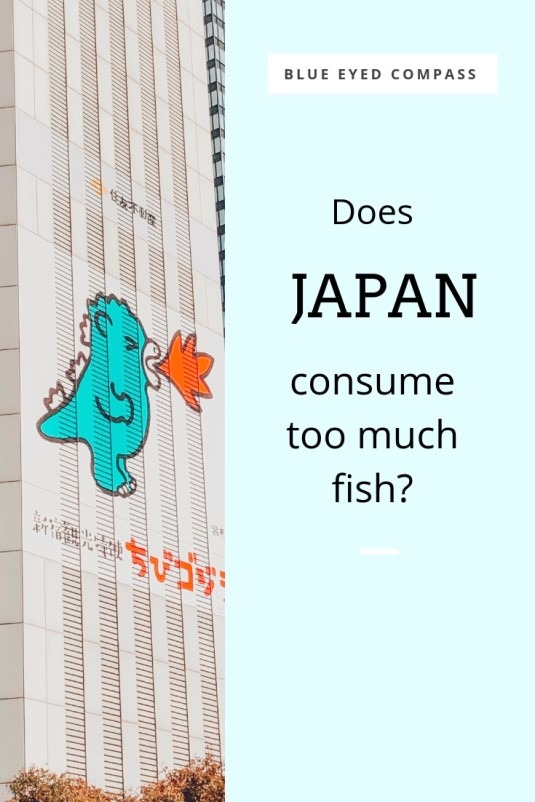

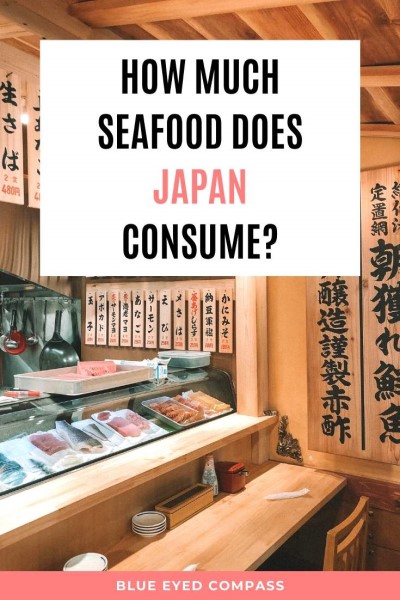



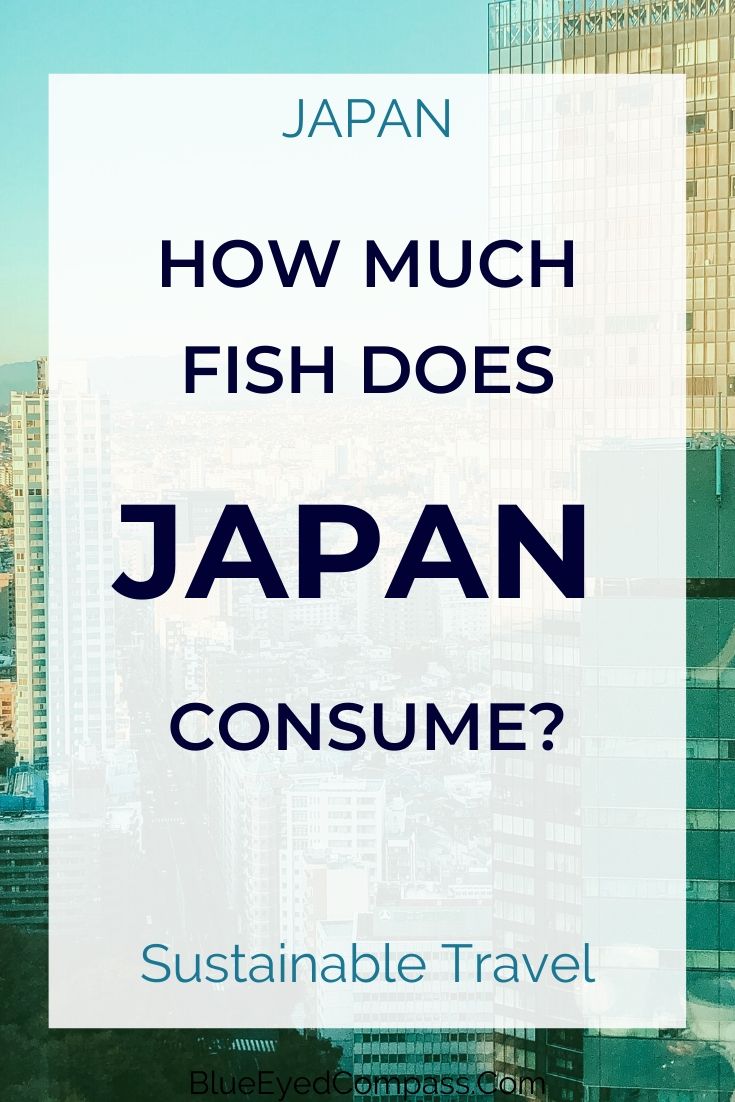



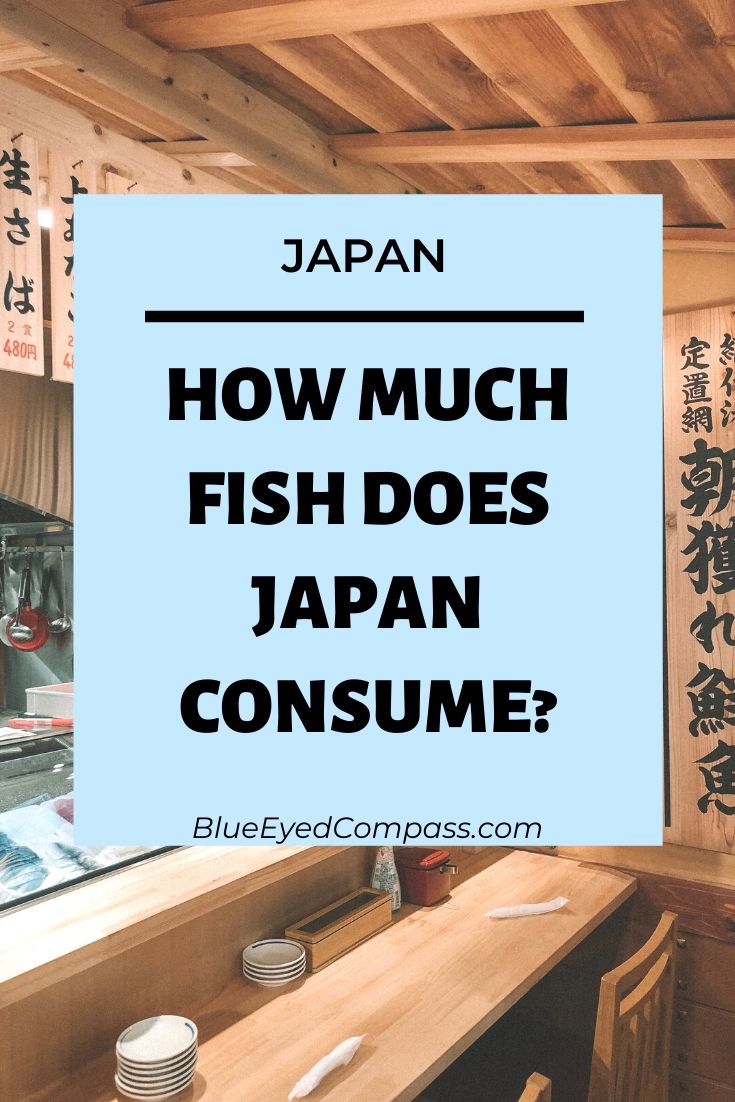

Follow Along






